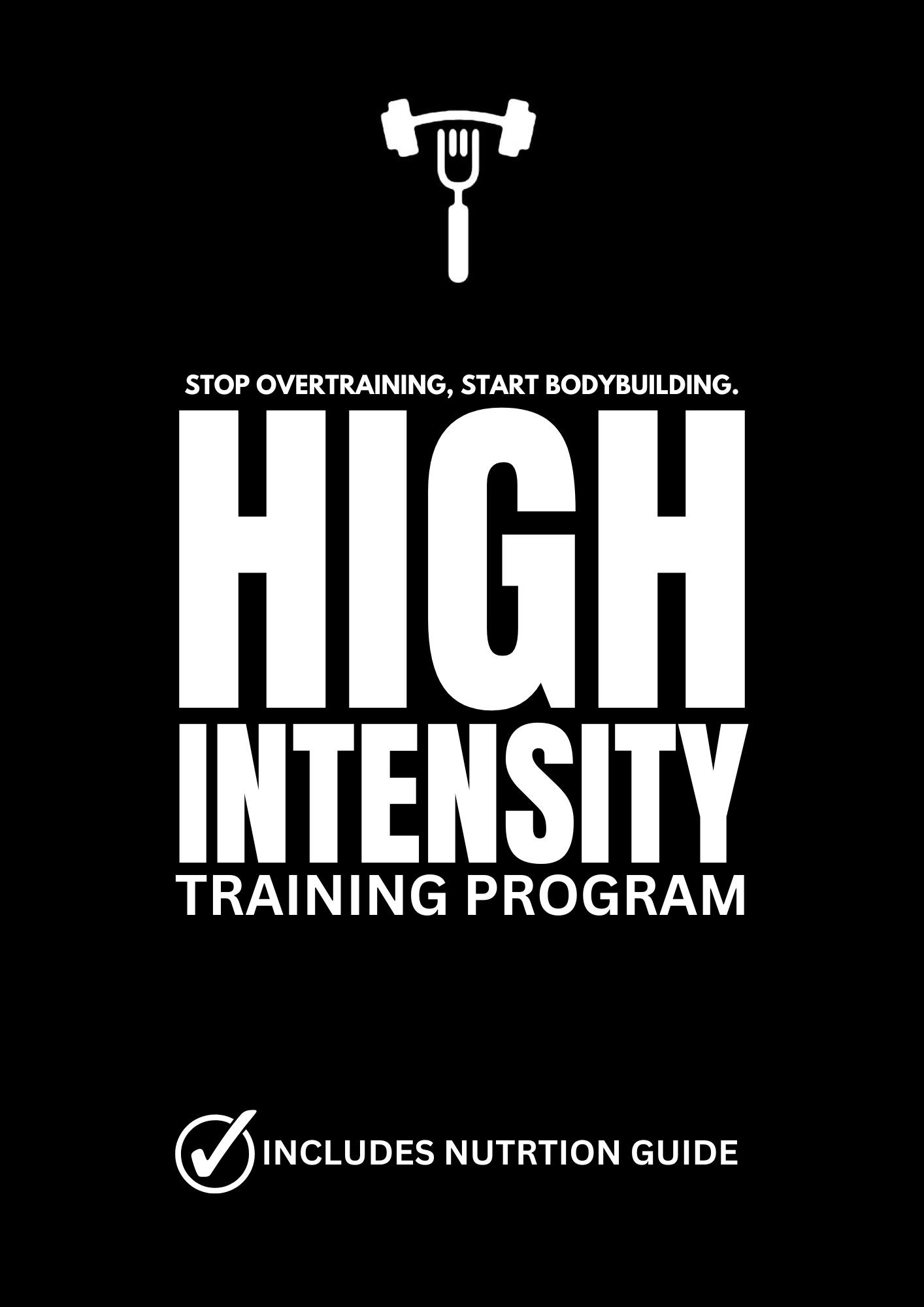Unlocking Your Six-Pack: Training, Diet, and Supplements

Achieving a chiseled, defined set of abs is a fitness goal shared by many. The allure of a six-pack isn't just about aesthetics; it's also a symbol of dedication, discipline, and peak physical condition. But how do you reach that coveted level of leanness where your abs truly pop? In this comprehensive guide, we'll delve into the science-backed strategies for sculpting your abs, refining your diet, and optimizing your supplement regimen.
Training: Building Your Core Foundation
The foundation of a six-pack begins with targeted training. Contrary to popular belief, simply shedding body fat isn't enough to reveal defined abs; you must also develop the underlying muscles for them to truly stand out. While many fitness influencers advocate for high-rep, circuit-style workouts, these often fall short in stimulating meaningful muscle growth.
Instead, focus on progressive overload training, treating your abs like any other muscle group. Two key exercises reign supreme for sculpting your six-pack: the weighted crunch and leg raise.
Weighted Crunch: Utilize cable crunches or plate-weighted crunches to target your rectus abdominis effectively. Aim for three sets of 10 to 12 reps, pushing your muscles to failure on the final set.
Leg Raise: Engage your lower abs with hanging leg raises or Roman chair leg raises. Perform three sets of 10 to 20 reps, progressively increasing the difficulty as you improve.
Train your abs once a week, ensuring proper rest and recovery between sessions. Incorporating these exercises into your routine lays the groundwork for visible abdominal definition.
Cardio: Enhancing Fat Loss and Definition
While not essential for fat loss, integrating cardio into your regimen can accelerate progress and improve overall fitness. Not only does cardio contribute to calorie expenditure, but it also supports cardiovascular health and endurance, complementing your ab-focused workouts.
Diet: Fueling Your Progress
The saying "abs are made in the kitchen" holds true; without a proper diet, even the most rigorous training regimen will yield limited results. Begin by calculating your daily calorie and macronutrient targets:
- Calories: Multiply your current body weight in pounds by 10 to 12.
- Protein: Multiply your goal body weight in pounds by 0.8 to 1.
- Fat: Ensure a minimum intake of 50g per day.
- Remaining Calories: Allocate to carbohydrates, fats, or additional protein as desired.
Prioritize whole, nutrient-dense foods to support your training efforts, but don't fret over specific food choices. Remember, adherence to your calorie and macronutrient goals is paramount for success.
Nutrition Mistakes to Avoid
Achieving sustainable fat loss requires patience and precision. Avoid common pitfalls such as:
- Rapid Weight Loss: Aim for a gradual loss of 0.5 to 1% of your body weight per week to preserve muscle mass and prevent rebound weight gain.
- Overreliance on the Scale: Monitor progress through progress photos and waist measurements to track changes accurately.
- Unrealistic End Goals: Maintain a healthy balance between leanness and energy levels, avoiding excessively low body fat percentages.
Supplements: Enhancing Performance and Results
While not essential, certain supplements can support your fitness journey:
1. Protein Powder: Simplify meeting your daily protein requirements with a convenient protein shake post-workout.
2. Creatine Monohydrate: Enhance strength and muscle gains with 5g of creatine daily, a safe and effective supplement.
3. Caffeine: Boost focus and energy during workouts with caffeine, whether from a pre-workout supplement or coffee.
Remember, supplements are supplementary; prioritize a balanced diet and consistent training above all else.

